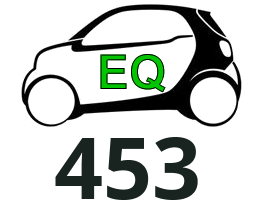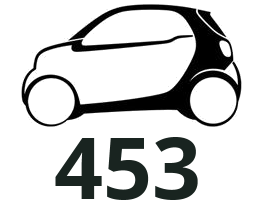Mod Details
PremiumYes Difficulty



 Mod ID1879
Creditevilution
For
Mod ID1879
Creditevilution
For
 Linkhttps://evilution.co.uk/mod/453-brake-master-cylinder-change.htm Copy to Clipboard
Linkhttps://evilution.co.uk/mod/453-brake-master-cylinder-change.htm Copy to ClipboardWhat Does A Brake Master Cylinder Do?
Basically, it takes the movement of the brake pedal and converts it to compress a cylinder that pushes the brake fluid into the brake calipers. In reality it’s a complicated system that takes fluid from a reservoir and uses a pair of sprung pistons to send a set ratio of fluid to the front and rear brakes. Check out the animation I stole from www.wilwood.com and you’ll see how the front brakes get more fluid sent to them than the rear. This gives the car the correct balance when braking.

What Can Fail?
They contain a lot of seals. So, depending on which seal fails, you can either lose brake fluid from the system or you get fluid bypass inside the system. The lost brake fluid goes into the brake vacuum booster so you don’t even get a tell-tale sign of a leak. With seal bypass, you tend to get poor brakes, spongy brakes or almost no braking at all.
It should be noted however that a spongy feeling brake pedal is more often air in the brake fluid. It’s either from the fluid reservoir getting low and introducing air or the brake fluid absorbing water from the air. The water boils in the hot calipers under braking which turns to steam.
Helpful Tip
You don’t want to introduce air into the brake system. Pushing air down hill in a fluid is bad enough but if that air gets into the ABS pump, you will need MB Star to flush the system fully. To stop this from happening I came up with a trick to refill the brake fluid from the wrong end which pushes any air back through the master cylinder and into the brake fluid reservoir.. More on that later.
Where Is The Brake Master Cylinder?
Open the bonnet. The master cylinder is hidden under the brake fluid reservoir. That’s the white tank with a black cap with DOT 4 written on it.

You don’t have to remove the scuttle panel and the wiper mechanism but it gives better access. Disconnect the connector going to the brake fluid level sensor. You don’t have to disconnect the vacuum booster pressure sensor or the vacuum line but again, it can give you better access.
Refilling The Fluid
First thing to do is to add some DOT 4 fluid back into the reservoir. This creates a fluid airlock so no extra air can make its way back into the system and any air purged from the system cannot return.
Depending on what tools you have will dictate your next steps.
I Have A Compressor
Great. Buy yourself a vacuum filling kit like one of these. Link 1, link 2, link 3, link 4. It uses the venturi effect to create a vacuum from the compressed air from the compressor.
Apply a vacuum to the brake fluid reservoir. This draws any air from the system into the reservoir. Because you added brake fluid, when you release the vacuum, it pushes the fluid back in to replace the space where the air was. Applying a vacuum and releasing it a few times should clear all of the air.
There’s a possibility that applying a vacuum to the brake fluid reservoir can retract the front and rear brake pistons. So when you press the brake pedal a load of times to make sure everything is working correctly, keep an eye on the fluid level in the reservoir. Never let it go below the minimum.
Once the brakes feel hard, top the brake fluid up to the maximum level.
I Don’t Have A Compressor
Ha! Muggle. Go around to each of the brakes and compress the piston as far as you can. You’ll have to take the wheels off the access the front caliper pistons and remove the rear brake drums to get to the brake shoe pistons. As you push them, it sends the brake fluid in them back up the pipes, pushing any air at the top back into the reservoir.
Top the brake fluid reservoir up to maximum, press the brake pedal a few times to make sure it goes stiff. Recheck the fluid level and top up where necessary.


